25 Most Overrated Hall of Famers in NFL History
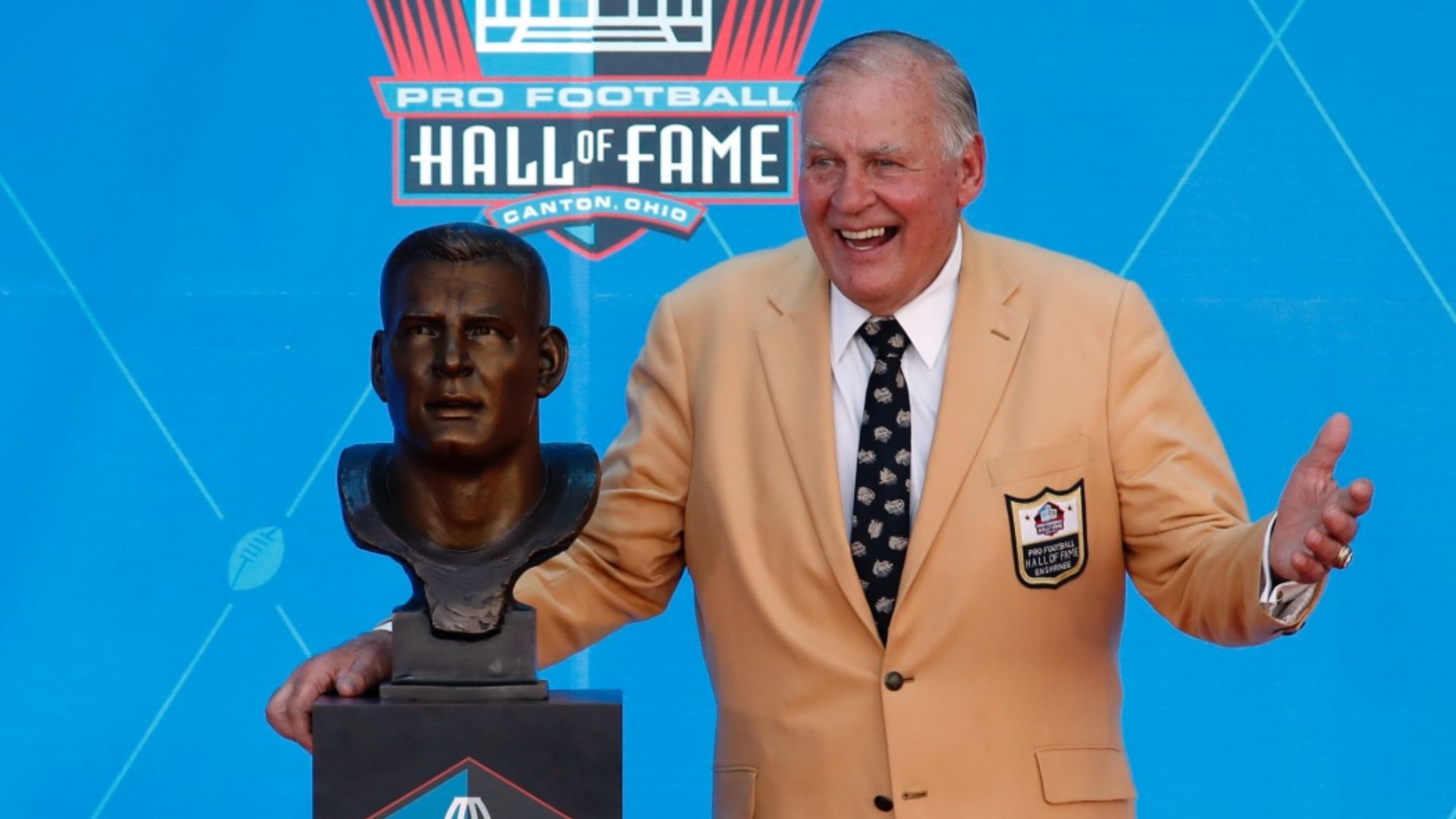
25) Jerry Kramer, G, Packers
Kramer is immortalized for his block in the Ice Bowl and for authoring Instant Replay, which helped turn him into the face of Lombardi’s Packers. He was a five-time First-Team All-Pro and part of five championship teams, but many historians note that his reputation exceeds his actual play. He was not chosen for the 1960s All-Decade Team, and linemates like Forrest Gregg and Jim Ringo were generally regarded as more dominant. Much of his case rests on iconic moments and his role in a dynasty rather than sustained, standout production compared to his peers.
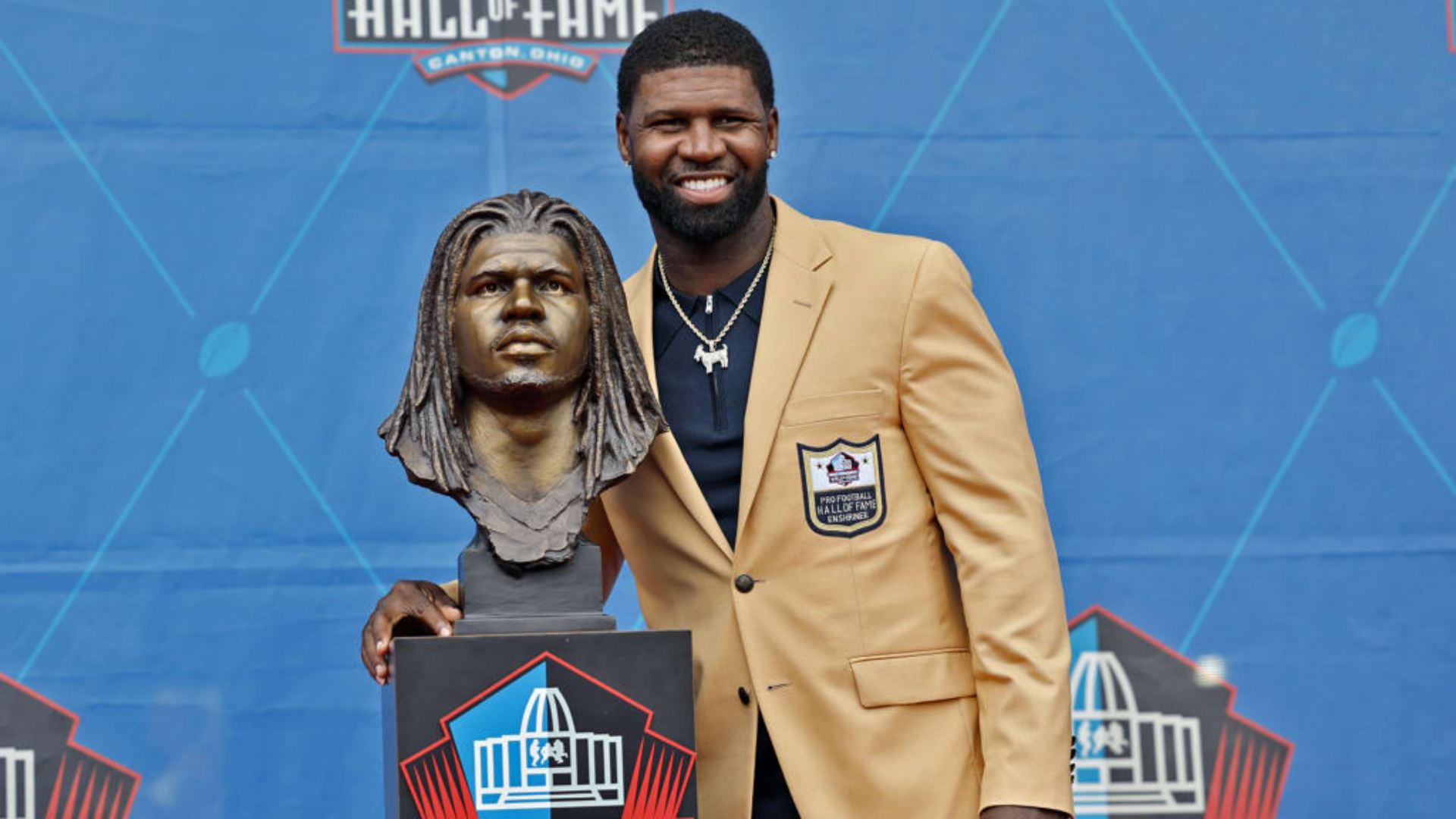
24) Devin Hester, KR/PR (WR), Bears
The greatest returner ever - full stop. The debate is positional value: a limited snap role vs. the every-down impact of typical HOFers. If you weigh returns as lightly as many teams do today, his public ranking among all-time football greats gets lofty.

23) Andre Reed, WR, Bills
A K-Gun ironman who thrived on volume and YAC. Still, his efficiency and peak dominance rarely screamed “top-five of his era,” and four SB trips without a title kept the spotlight while obscuring a more “very good” profile.
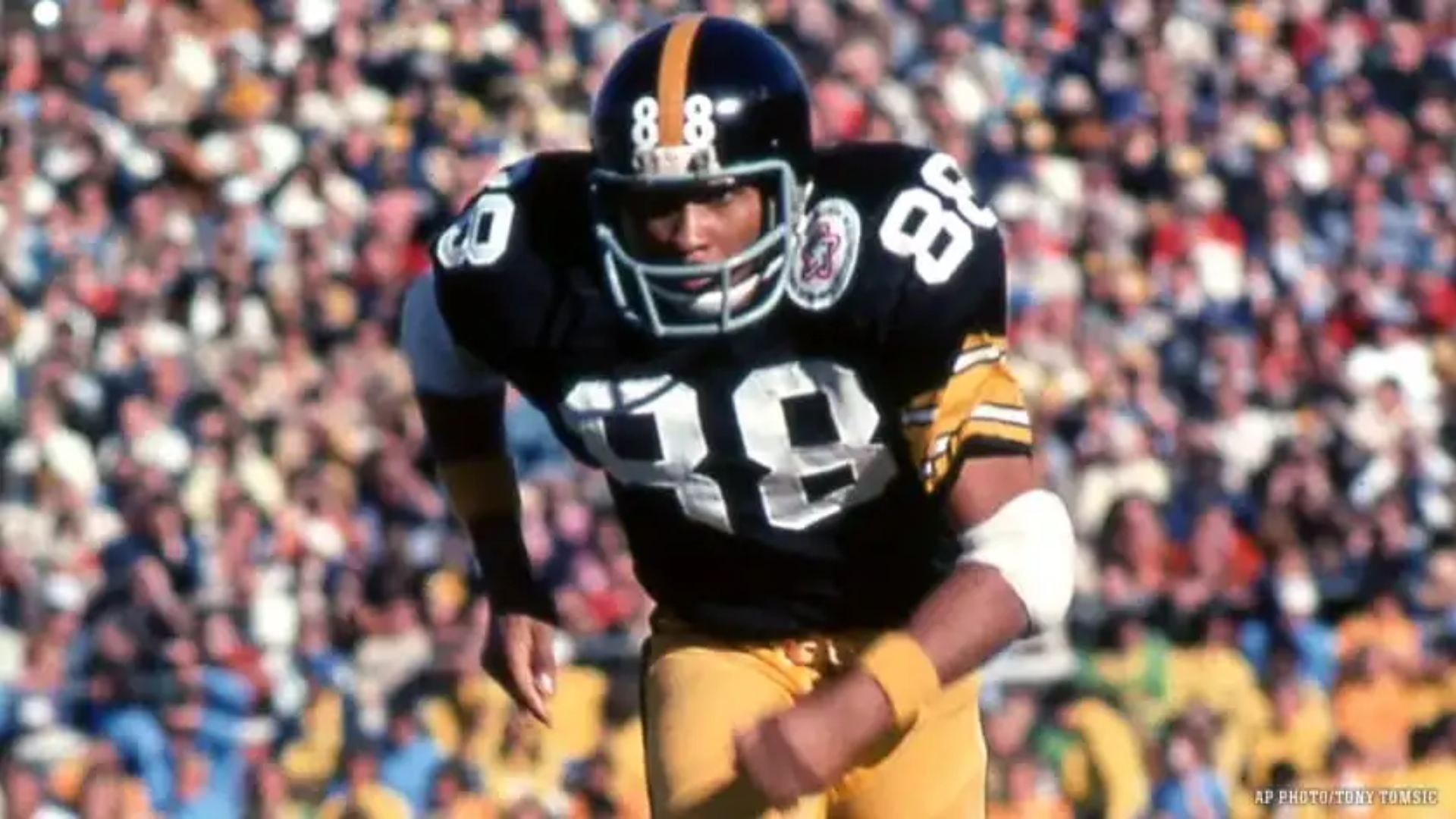
22) Lynn Swann, WR, Steelers
The postseason highlights are art; the career box score is thin. He’s in largely because January lives forever in voters’ minds - regular-season volume never matched the myth.
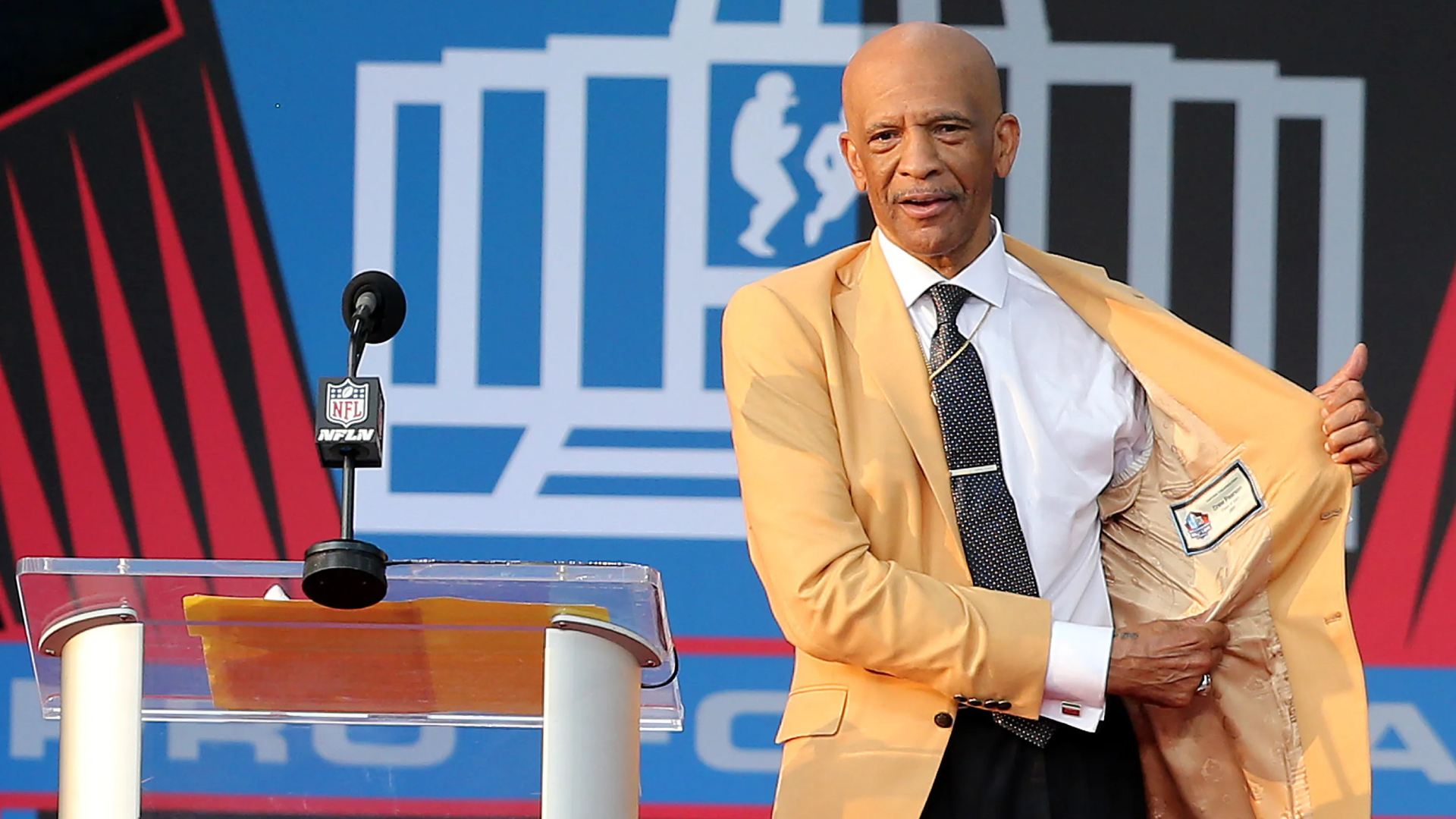
21) Drew Pearson, WR, Cowboys
Mr. Hail Mary and a ’70s star - yet the career totals and honors are modest next to the WRs he’s grouped with in public rankings. Rightfully remembered; arguably graded too high.

20) Harold Carmichael, WR, Eagles
A size/speed unicorn for his day, but a Senior-committee nod whose prime, while good, doesn’t quite meet the bar set by modern HOF WRs with similar or better peaks/honors.

19) John Lynch, S, Buccaneers
A tone-setter and elite communicator in an all-time scheme, but as an individual production profile (turnovers, range, coverage impact), he trails other safety inductees. Leadership and team success amplified the case.

18) Sam Mills, LB, Panthers
An inspirational, beloved player with a strong second act - yet his peak accolades and counting dominance don’t scream “clear-cut” versus contemporaries. Narrative (USFL to NFL, “Keep Pounding”) helps elevate him.
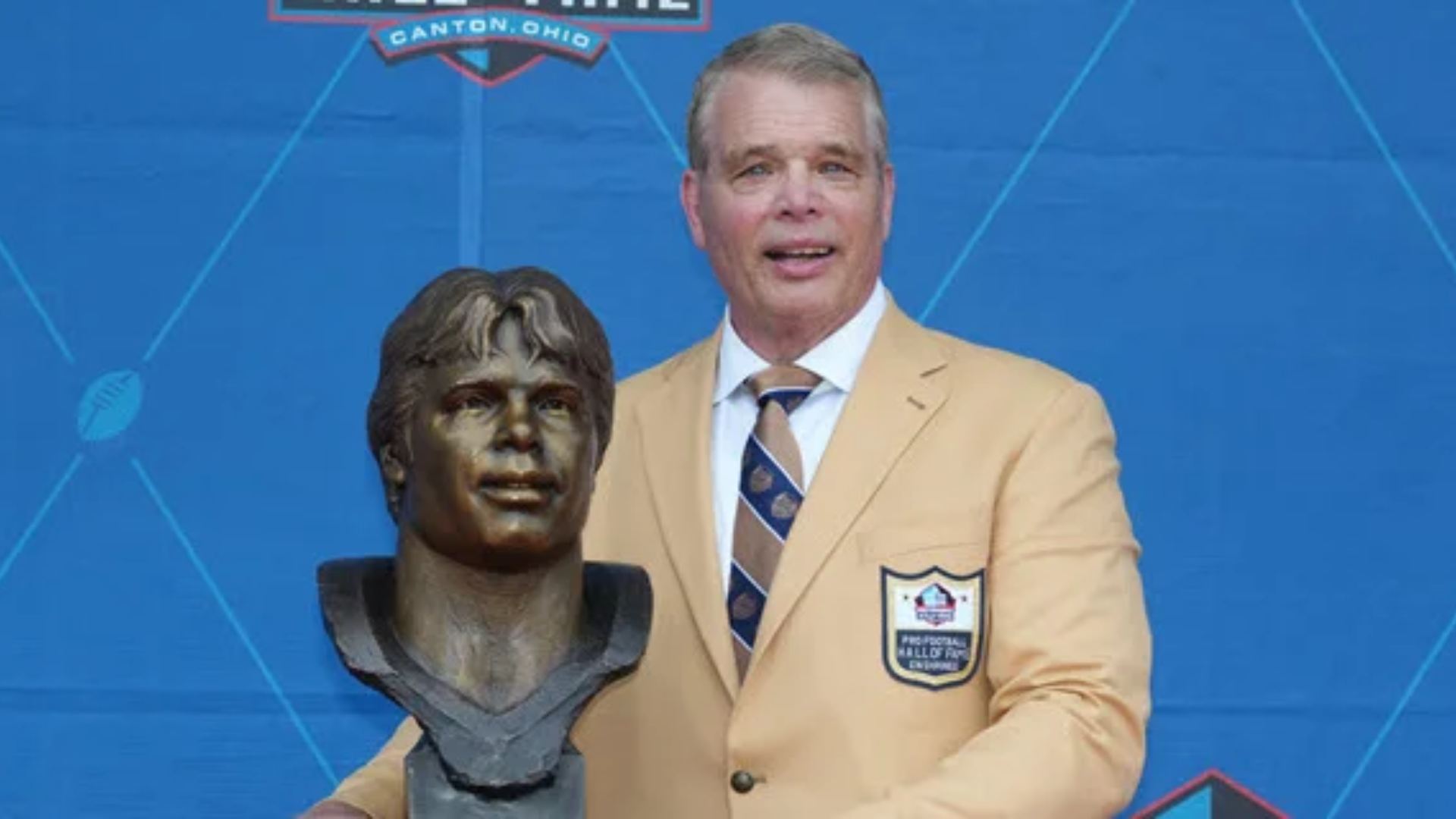
17) Joe Klecko, DL, Jets
Legit multi-position value and a cult favorite. Still, as a total package (honors + longevity + disruption), he sits below the inner-ring linemen he’s often mentioned beside.
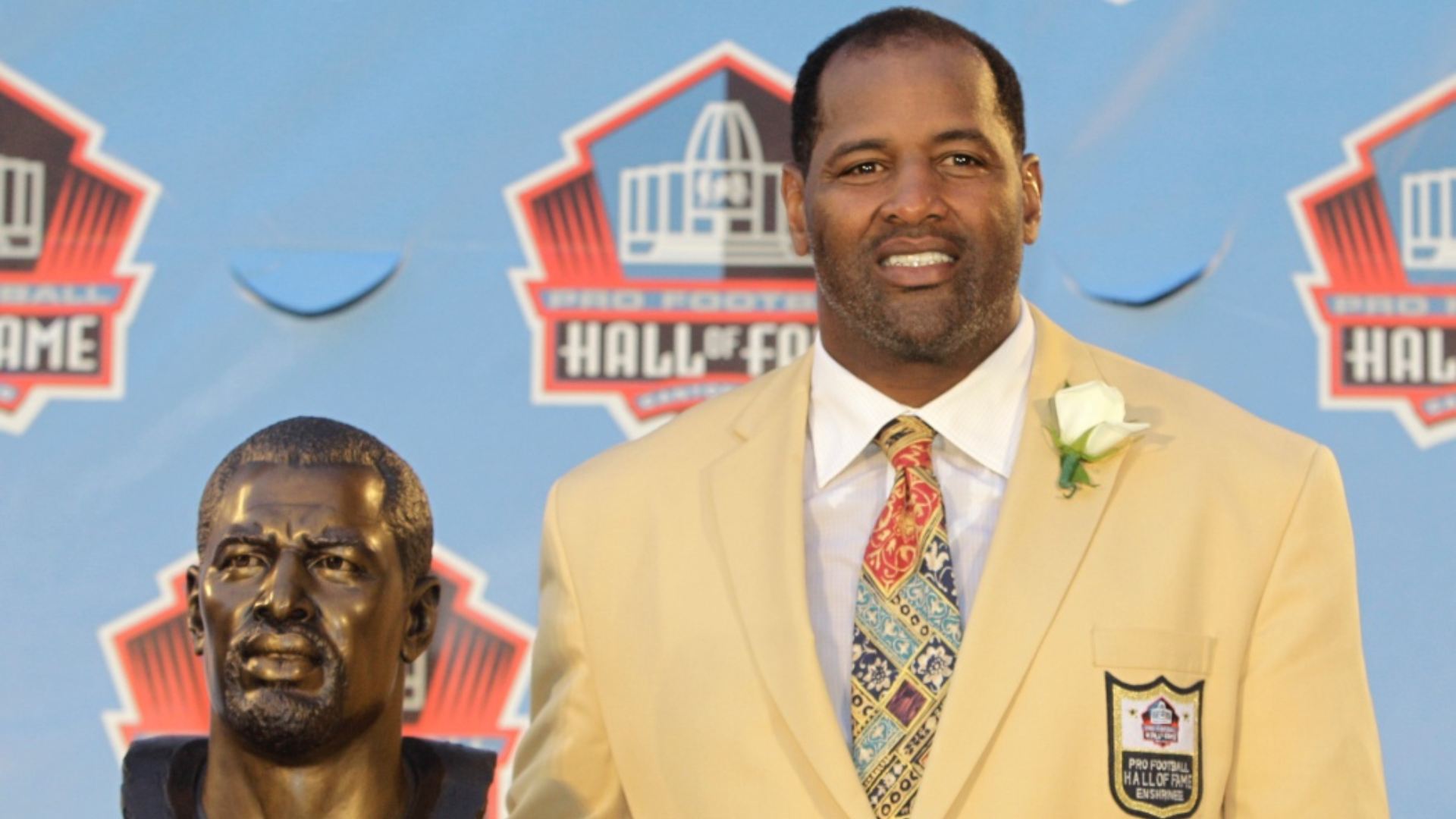
16) Richard Dent, DE, Bears
Super Bowl XX MVP and big sack totals, but his rep is buoyed by the ’85 defense’s aura and long counting stats more than consistent, year-over-year top-3 edge dominance.
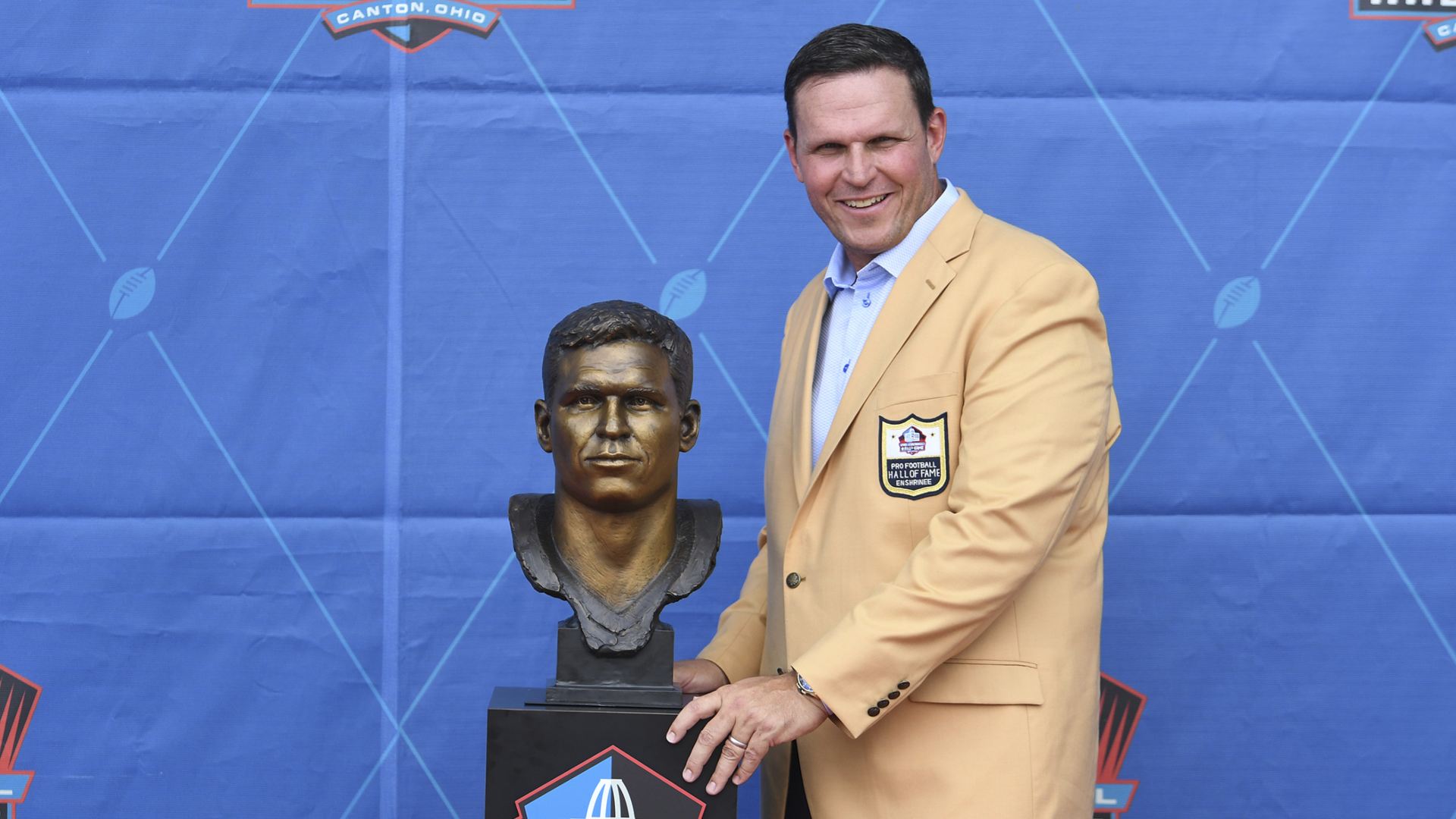
15) Tony Boselli, OT, Jaguars
At his best, as clean a left tackle as you’ll study. The question is longevity: a very short prime versus a room full of tackles who were nearly as good for twice as long. Peak-case inductions often get graded a touch high in public memory.
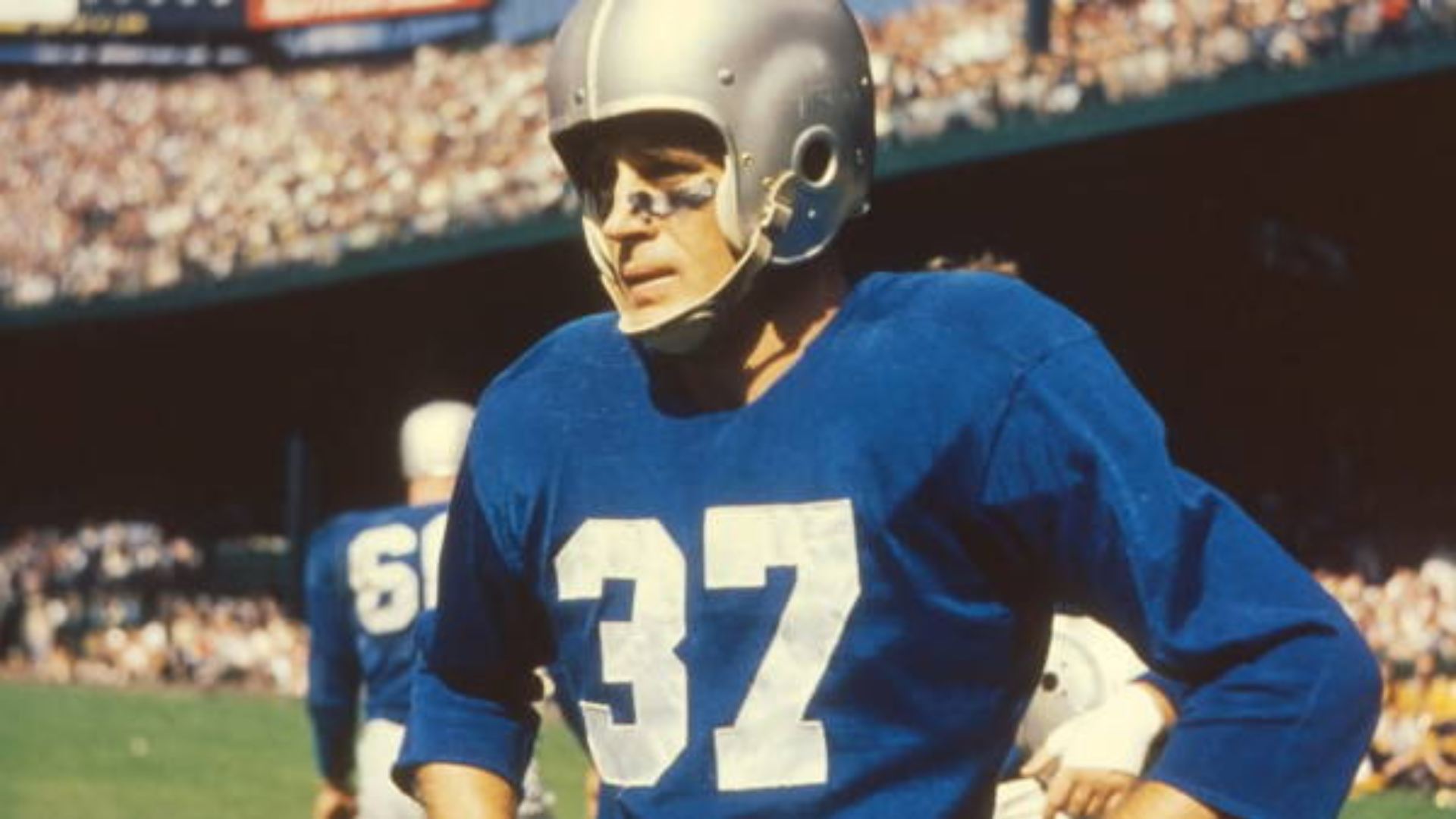
14) Doak Walker, HB/K, Lions
College icon and productive all-purpose pro, but a brief NFL career (five seasons) with limited rushing volume. Feels more like a combined college/pro shrine pick than a pure NFL résumé.
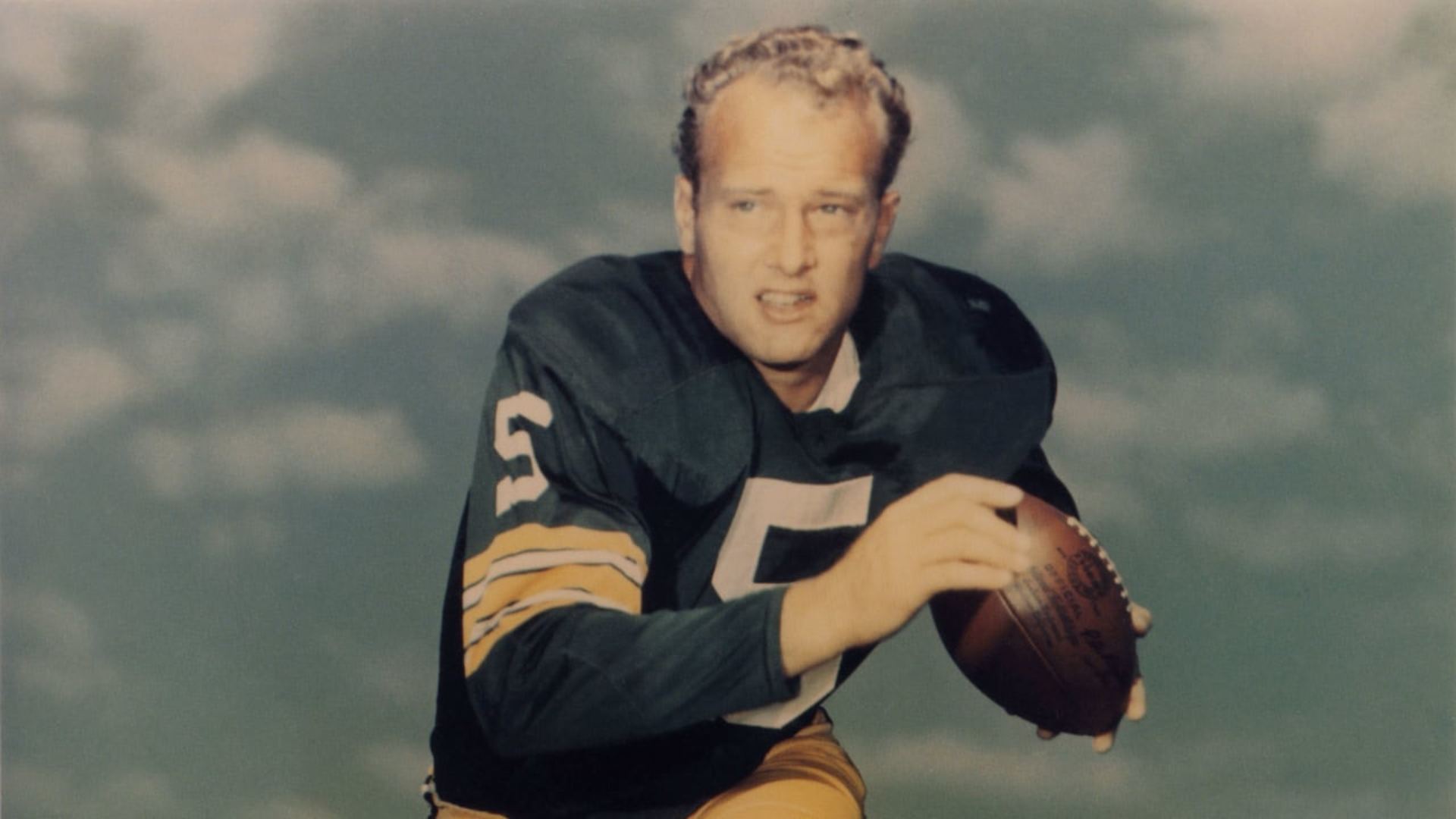
13) Paul Hornung, HB/K, Packers
The “Golden Boy” was a versatile scorer whose point totals were inflated by kicking; rushing/receiving volume and efficiency don’t stack up to today’s HOF backs. Suspension and short prime complicate his case.
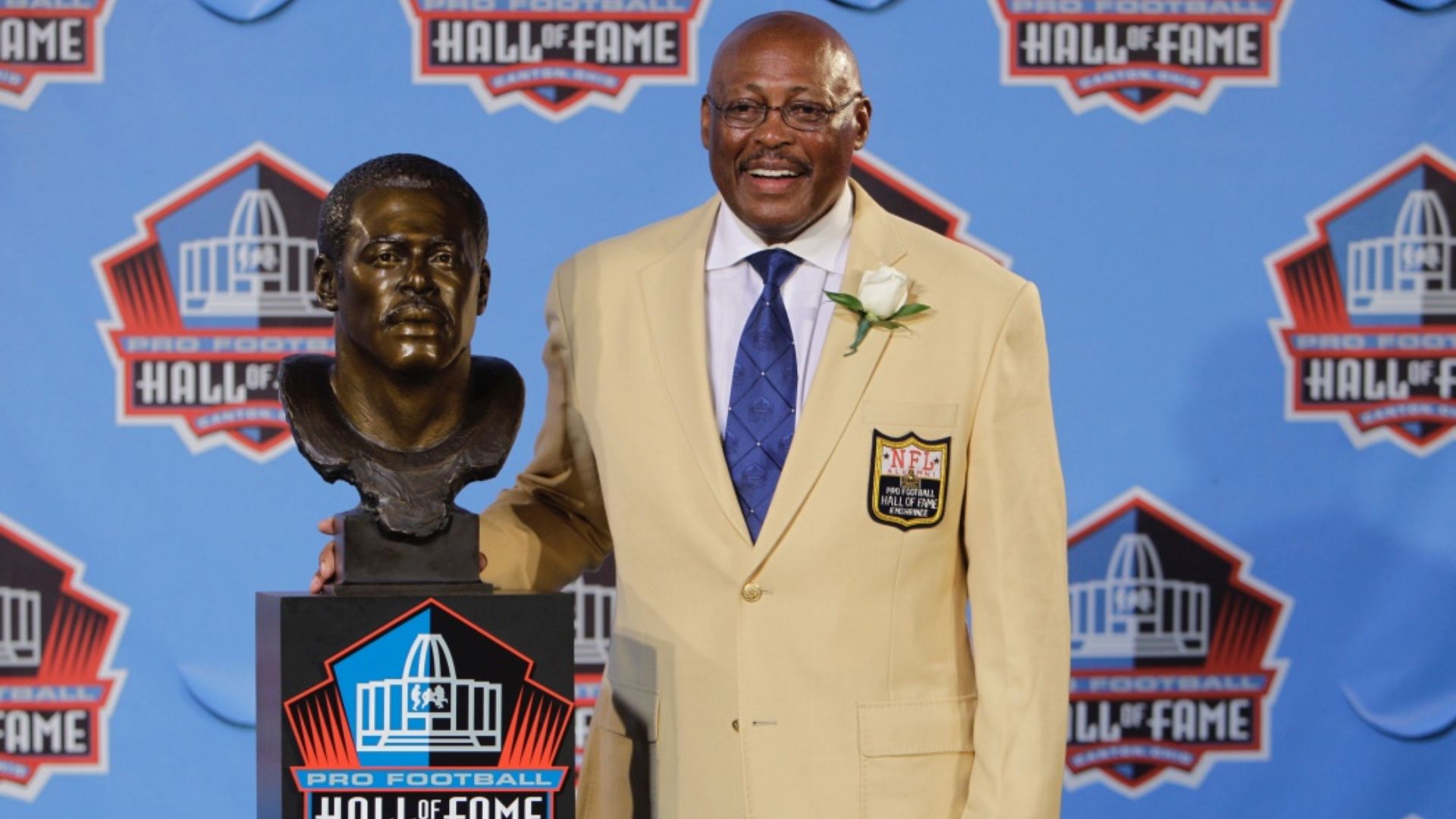
12) Floyd Little, RB, Broncos
Senior-committee success story whose career efficiency and honors trail most modern RB inductees. Carried bad teams, yes - but the bar for Canton is higher than “franchise lifeline.”
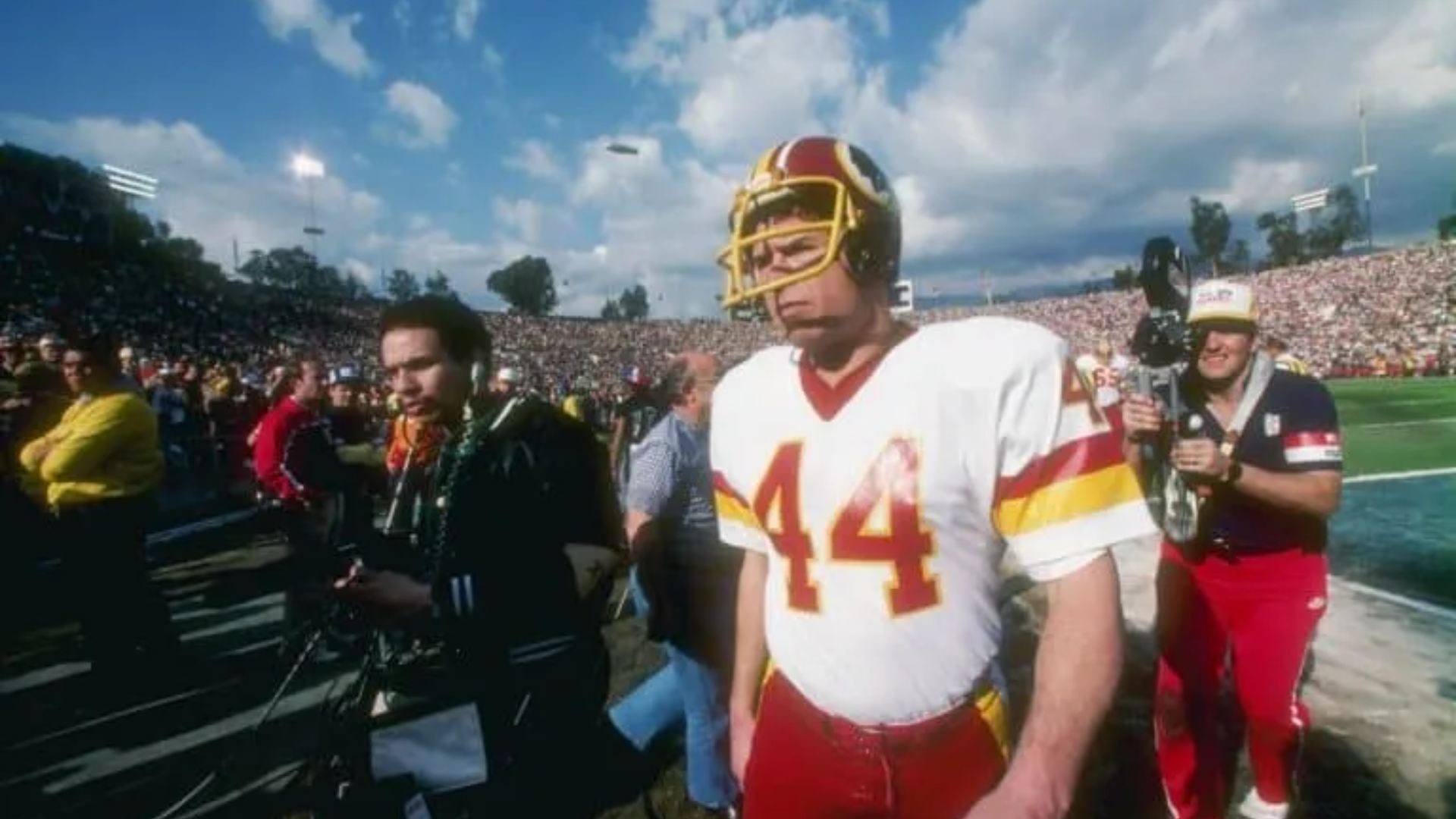
11) John Riggins, RB, Washington
A postseason folk hero with an immortal SB run; regular-season efficiency was workmanlike and honors light (one first-team All-Pro, one Pro Bowl). The myth is bigger than the week-to-week impact.
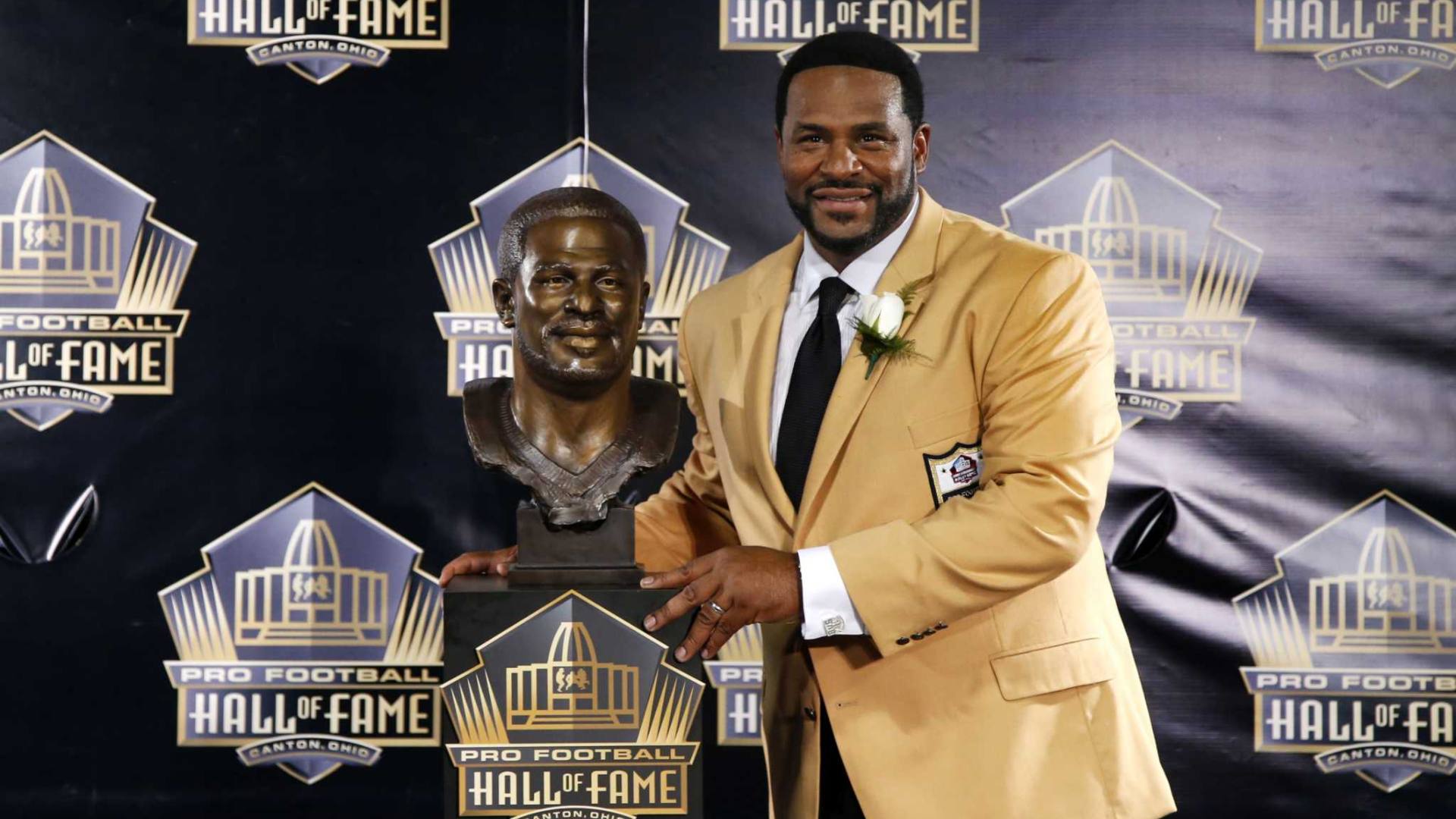
10) Jerome Bettis, RB, Steelers
Iconic brand, volume compiler, leadership - no debate. But his 3.9 YPC and modest receiving/efficiency profile lag behind many modern HOF RBs; the ring pushed the legacy into a higher tier than the down-to-down effectiveness suggests.
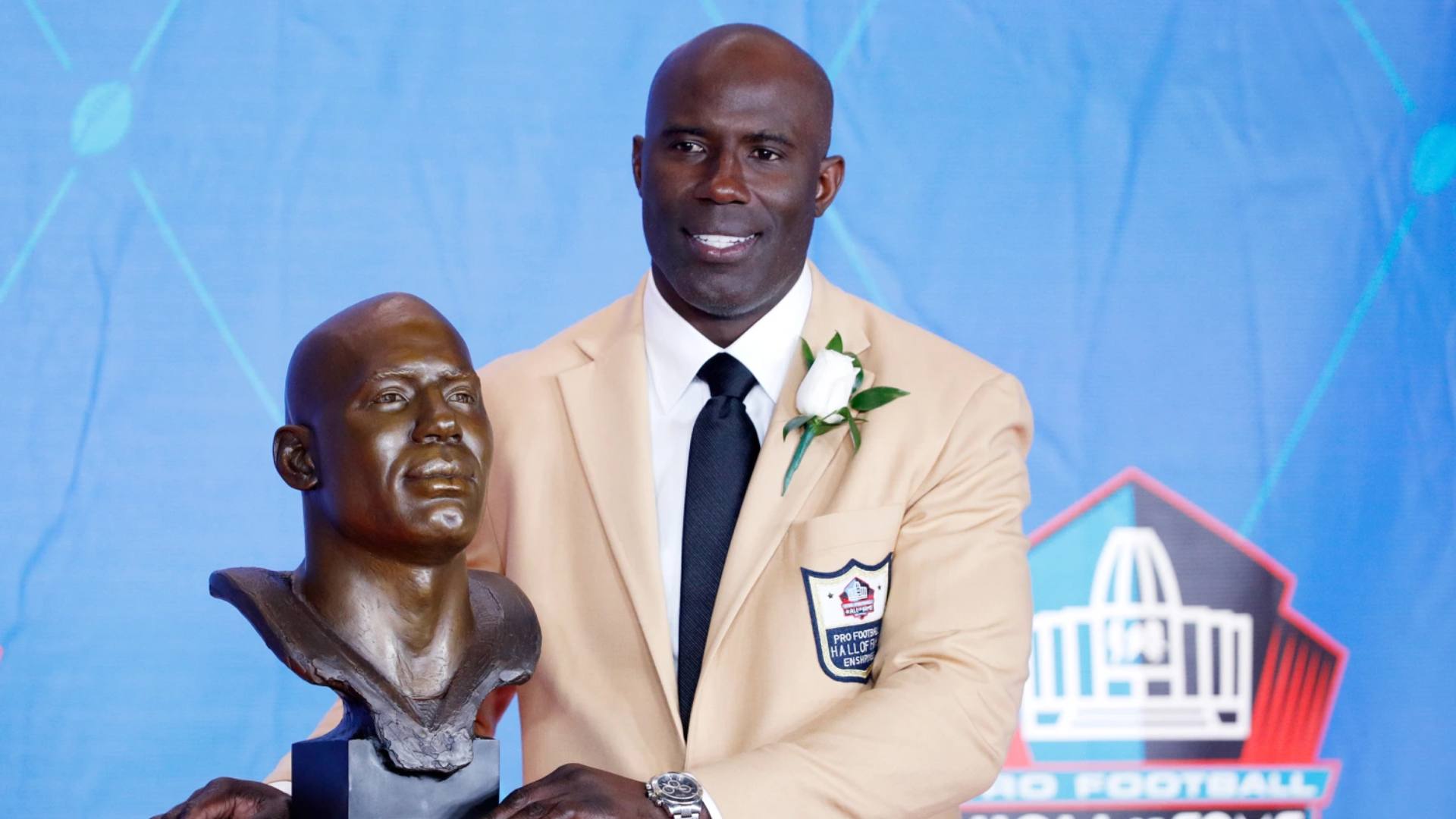
9) Terrell Davis, RB, Broncos
Another true-peak god (’96-’98) whose three-year summit and postseason dominance outweighed ultra-short longevity. Worthy as a peak case; overrated when he’s floated above longer two-way greats with comparable efficiency.
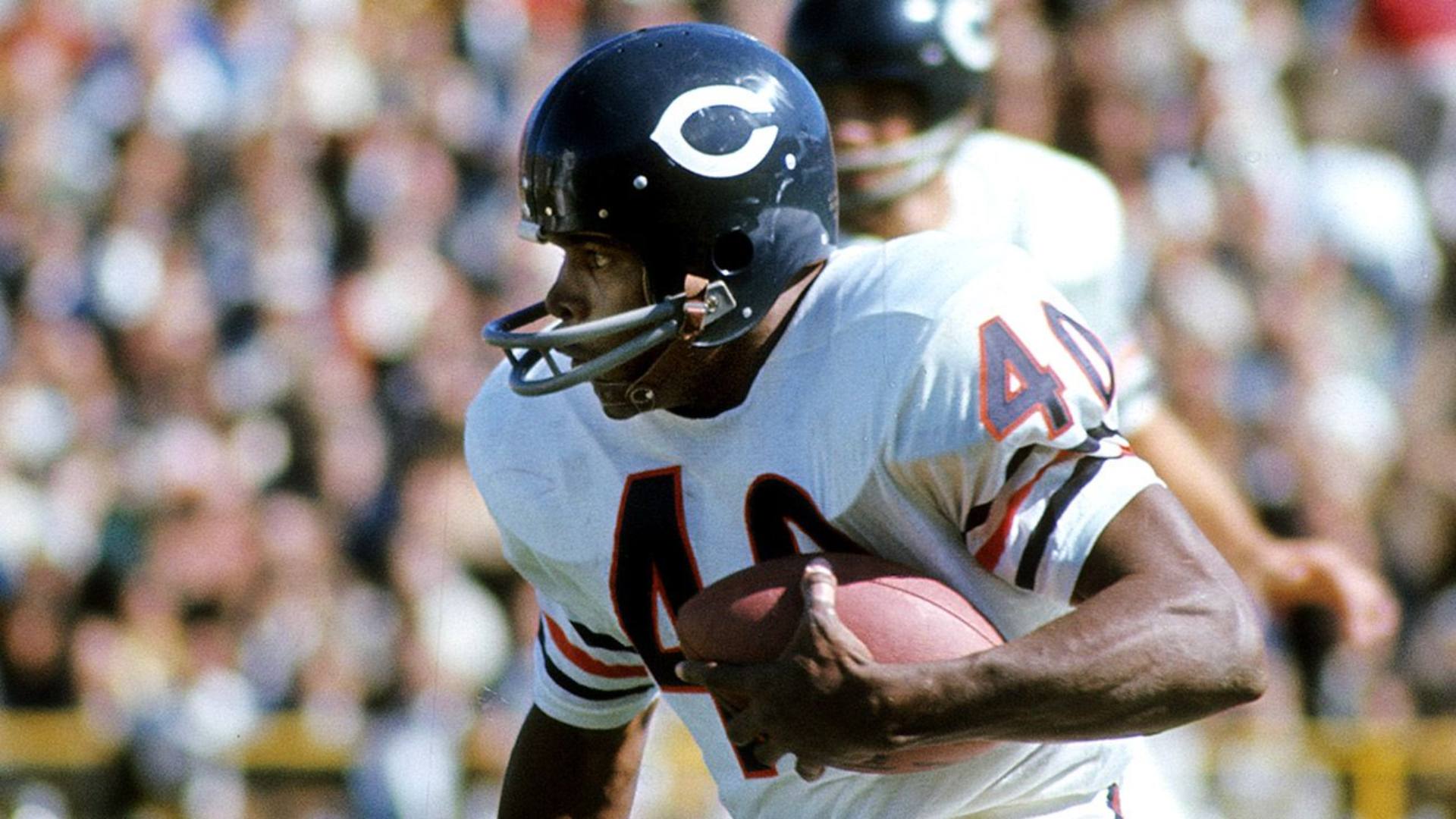
8) Gale Sayers, RB/KR, Bears
The most electric 68-game résumé in league history—then it ended. Peak was outer-planetary, but the short career and zero postseason footprint make his overall value lighter than the “all-time RB” billing he sometimes gets.

7) George Blanda, QB/K, Raiders
An endurance marvel and valuable kicker, but as a pure passer he was well below even era norms. Longevity + versatility got him in; peak QB play did not.
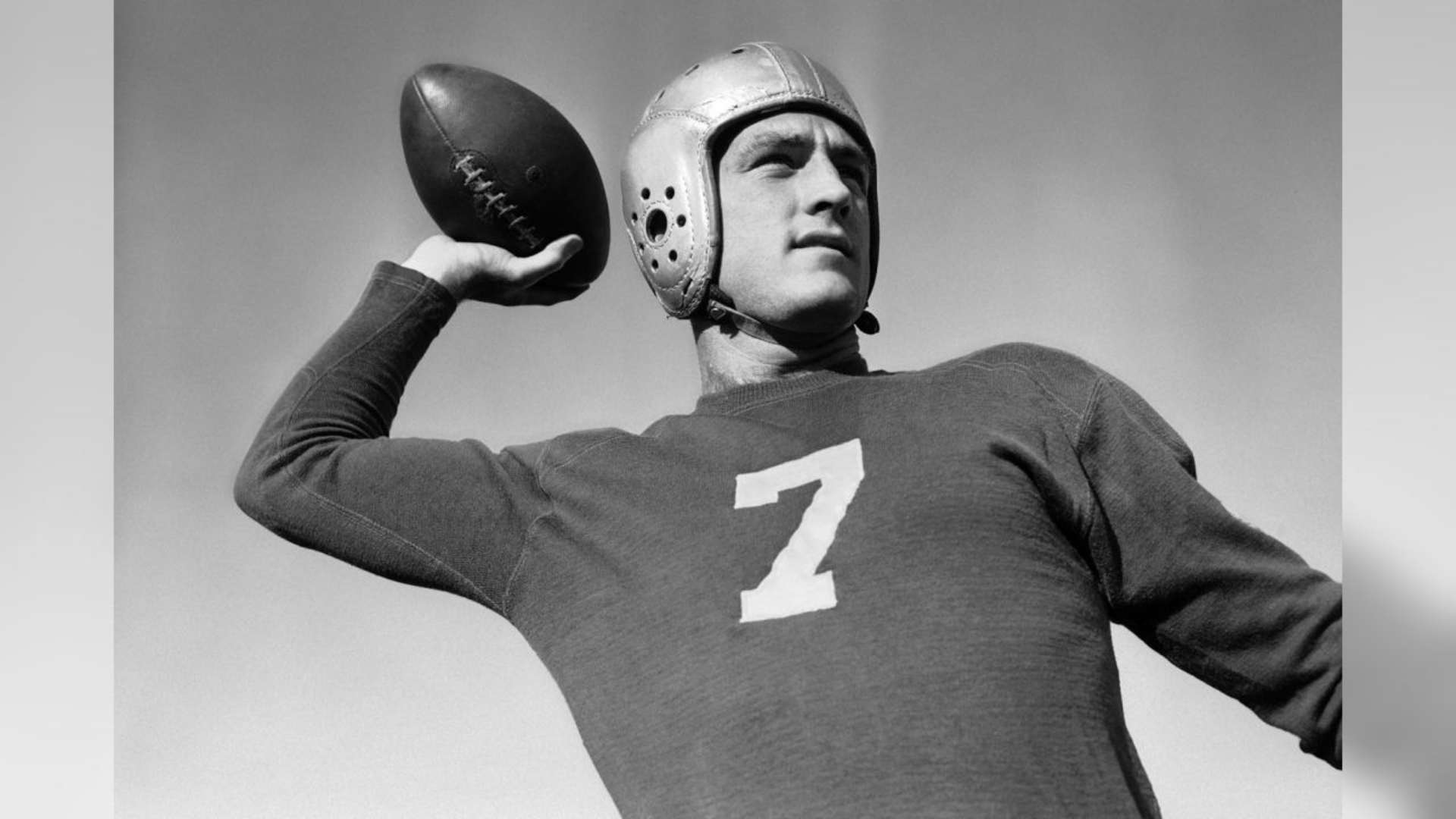
6) Bob Waterfield, QB/K, Rams
An early-era star whose passing efficiency never matched his fame; his candidacy leans on championships, two-way value, and reputation in a developmental period for the forward pass.
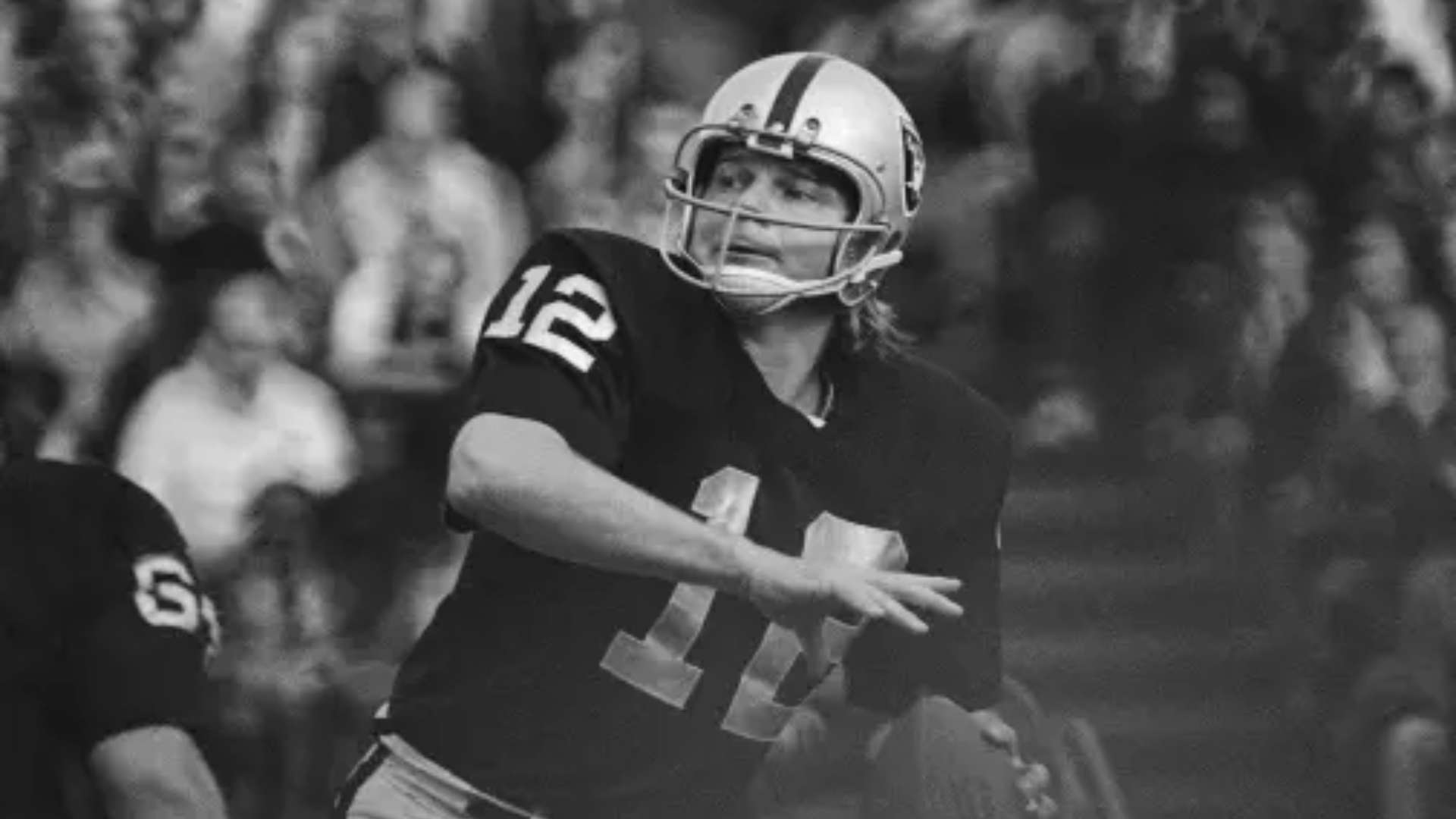
5) Ken Stabler, QB, Raiders
The “Snake” delivered clutch moments and a 1976 MVP, but his career had as many valleys as peaks, with turnovers a persistent drag. Revered persona; borderline efficiency.
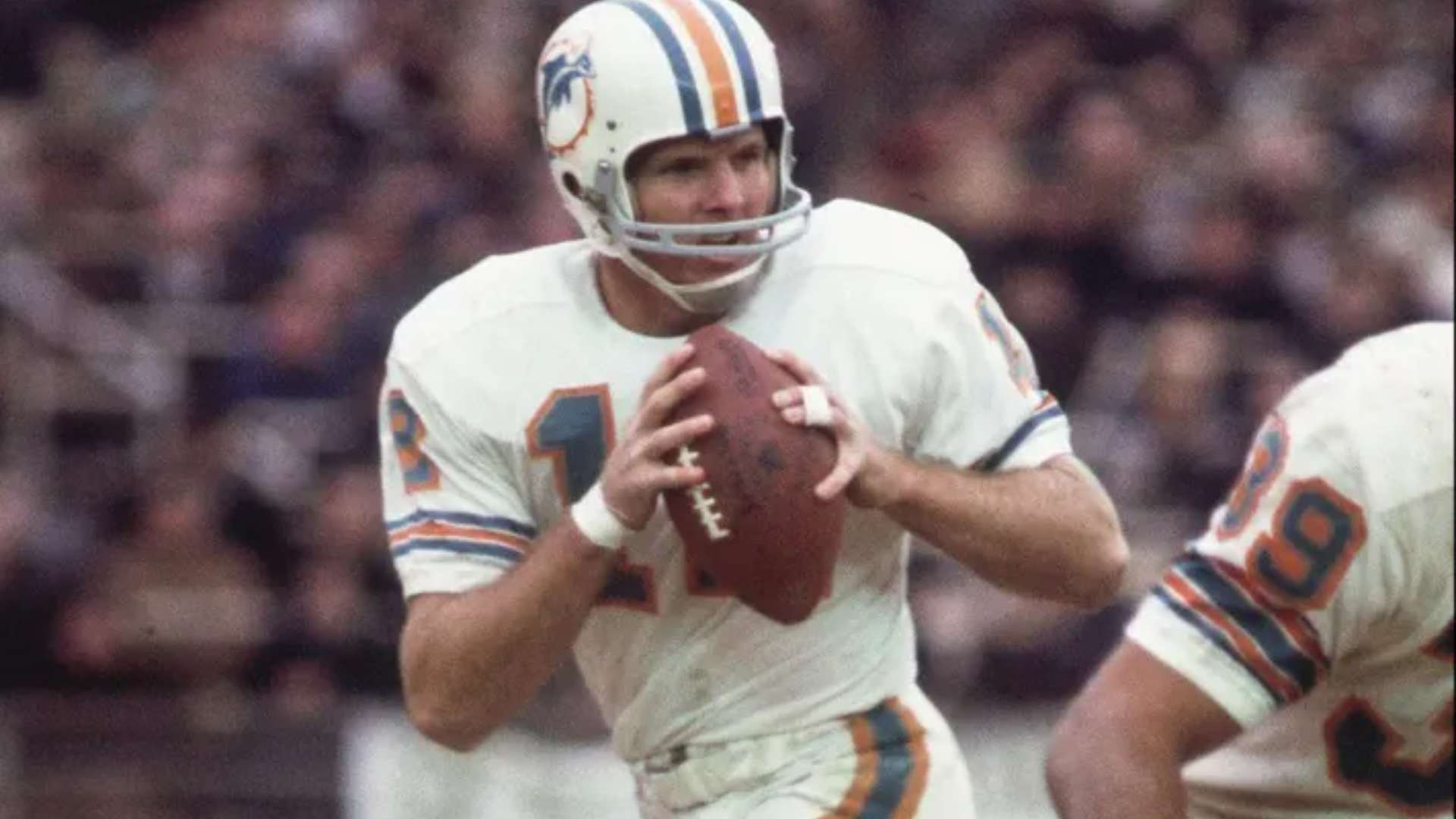
4) Bob Griese, QB, Dolphins
A textbook “do exactly what the perfect team needs” quarterback. Miami’s apex years asked him to pilot a run-first machine, not carry it - beautiful fit, limited burden. Two rings inflate how people rank his individual peak.
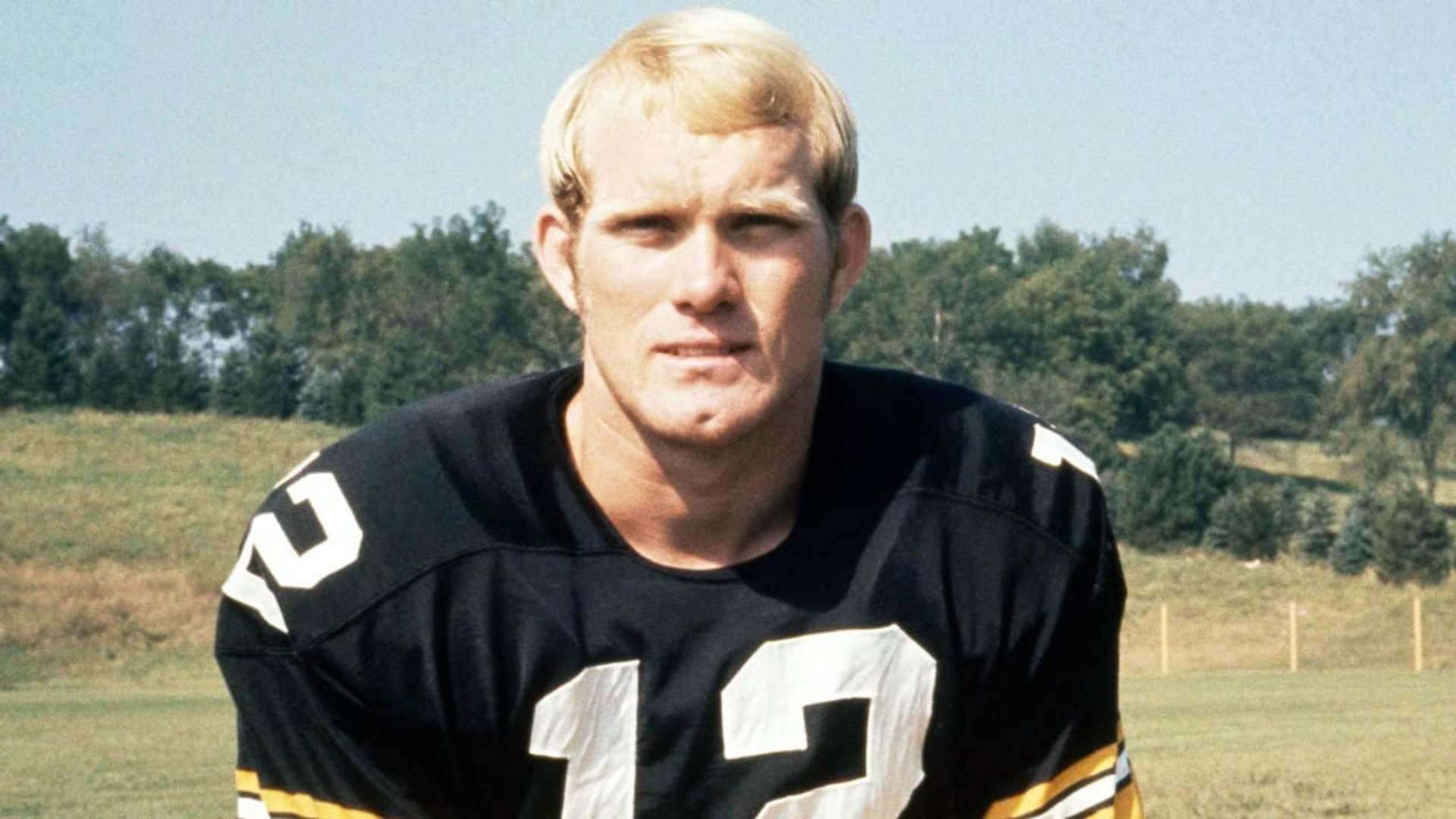
3) Terry Bradshaw, QB, Steelers
Four rings and big-game aura, yes; but over the full arc Bradshaw’s INT rate and accuracy were rough by any era’s lens, with the Steel Curtain and a Hall-packed supporting cast doing heavy lifting. The postseason heroics are real - just not the whole story.
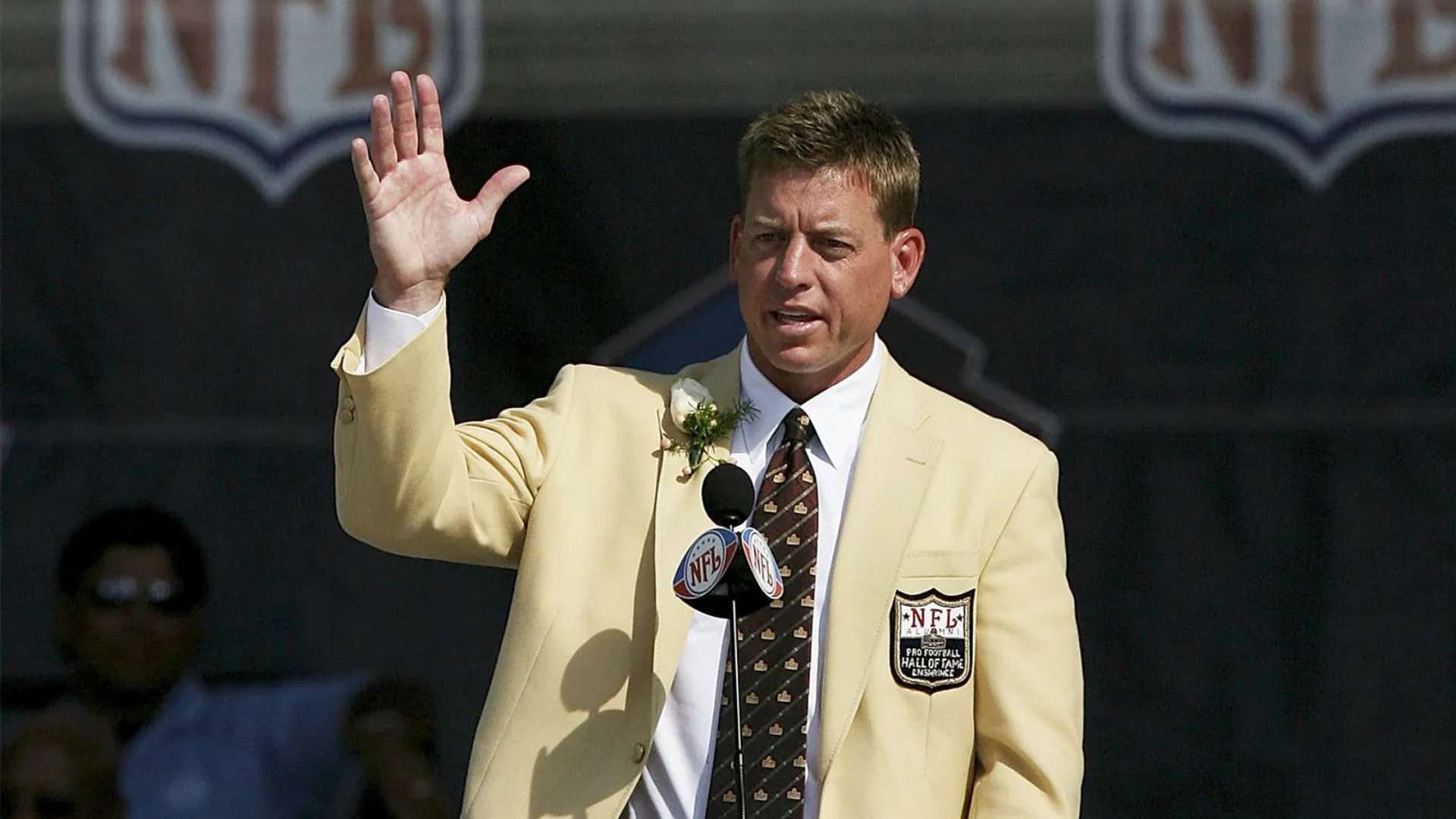
2) Troy Aikman, QB, Cowboys
Leader of a dynasty and money in January, but the regular-season production is modest for a first-ballot QB: low TD totals and middling rate stats in an era tilted toward the run behind an all-time OL/run game. Rings made him a household name; the tape and numbers say “very good,” not “carry-the-franchise.” Still will go down as one of the greats, no doubt.
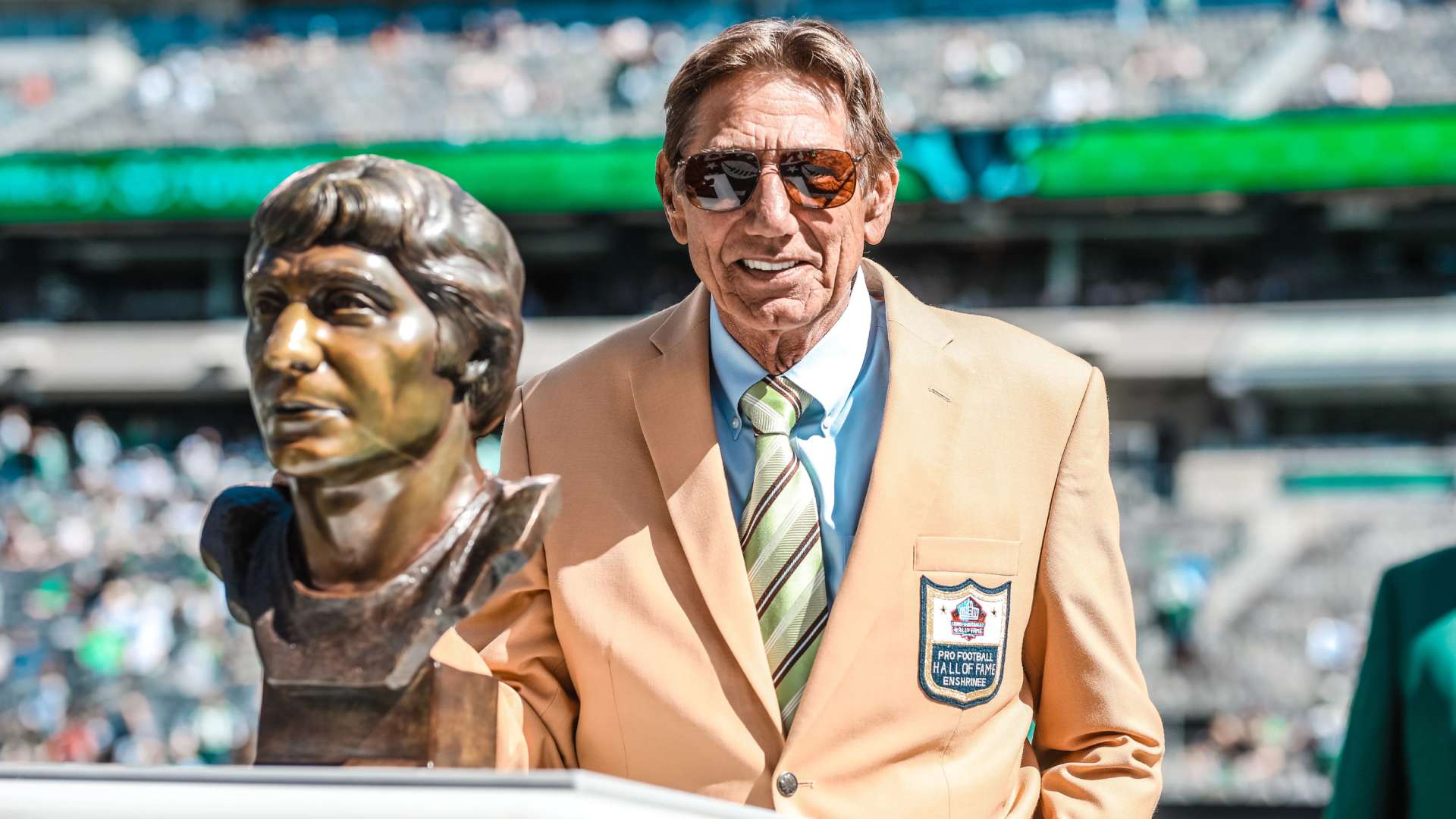
1) Joe Namath, QB, Jets
A cultural supernova who legitimized the AFL and authored SB III, Namath’s on-field résumé is thin by HOF quarterback standards: more INTs than TDs and one truly elite season surrounded by inconsistency and injuries. His legend is secure; his efficiency profile isn’t.

